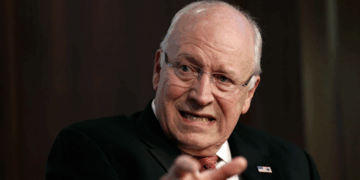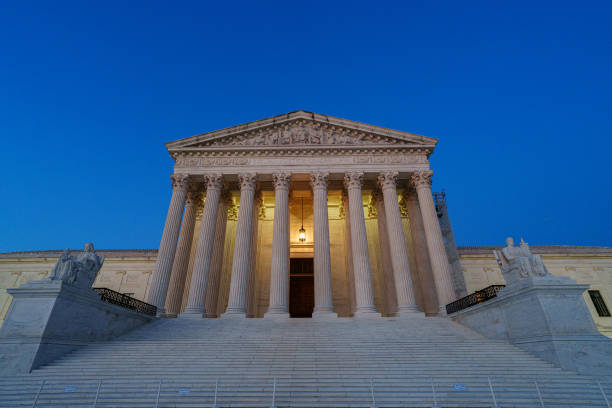In a monumental decision, the U.S. Supreme Court has struck down the Chevron doctrine, a legal principle that required courts to defer to the interpretations of administrative agencies. This 6-3 ruling marks a significant shift in the balance of power between the judiciary and the administrative state, signaling a major victory for proponents of constitutional originalism and critics of bureaucratic overreach.
Here is everything you need to know:
Who: The Supreme Court’s decision was delivered by a conservative majority, with all six conservative justices voting to overturn the doctrine. The three liberal justices dissented, underscoring the ideological divide on the bench regarding the role of administrative agencies in interpreting laws.
What: The Chevron doctrine, named after the 1984 Supreme Court case Chevron U.S.A., Inc. v. Natural Resources Defense Council, Inc., established that courts should defer to a federal agency’s interpretation of ambiguous statutes if the interpretation is reasonable. This doctrine has been a cornerstone of administrative law for nearly four decades, allowing agencies and their bureaucrats significant leeway in shaping and enforcing regulations. Many conservatives would argue that Chevron created a 4th branch of government.
When: The ruling was issued today, marking a seismic shift in American administrative law. This decision is expected to have far-reaching implications for how laws are interpreted and enforced across various sectors. Expect to see many legal cases in the areas of regulatory compliance come forward from private business, associations and states.
Why: Critics of the Chevron doctrine have long argued that it grants excessive power to unelected bureaucrats, undermining the constitutional separation of powers. They contend that the Founding Fathers intended for elected representatives to make laws, not administrative agencies. By overturning Chevron, the Supreme Court has reasserted the judiciary’s role in interpreting laws, ensuring that unelected officials cannot unilaterally shape legal interpretations.
How: The decision to overturn Chevron was driven by a conservative majority on the Court, and aligning a judicial philosophy that emphasizes limited government and strict adherence to the Constitution. The ruling signifies a rejection of the deference traditionally afforded to administrative agencies, with the Court asserting its authority to independently interpret statutory ambiguities. Overall, it is a defeat for those who believe the US Constitution is a living, breathing document that can be changed from its original meaning our founders intended.
This ruling represents a significant victory for those advocating for a return to constitutional principles and a reduction in bureaucratic influence. The impact of this decision will likely reverberate through the legal landscape, prompting a reevaluation of numerous regulatory frameworks and potentially curbing the power of the administrative state.

































